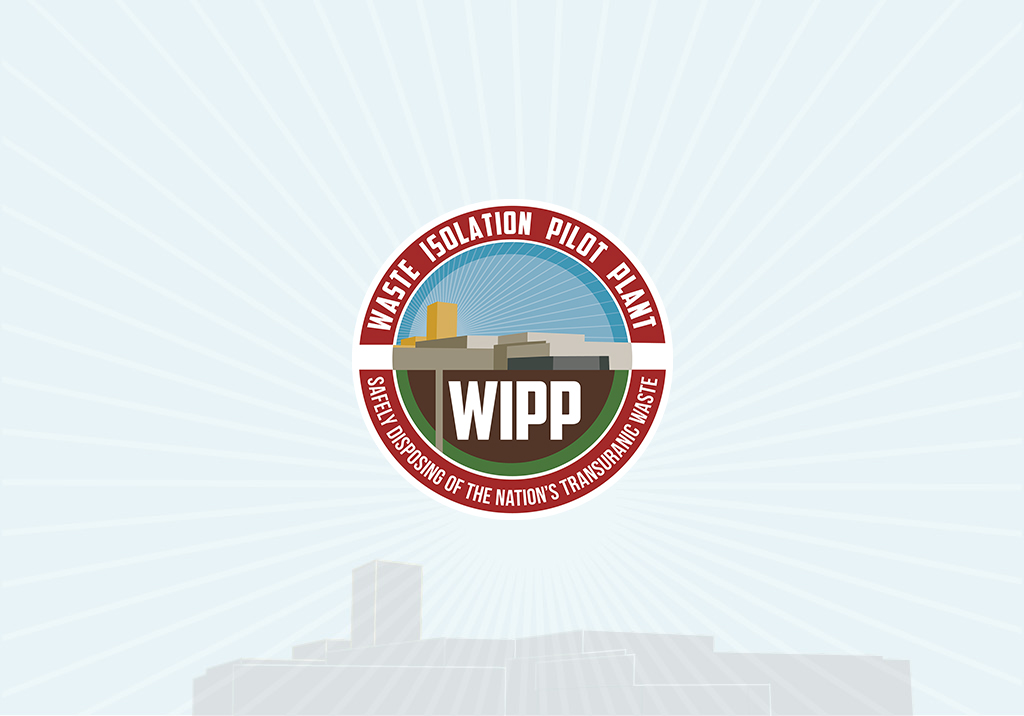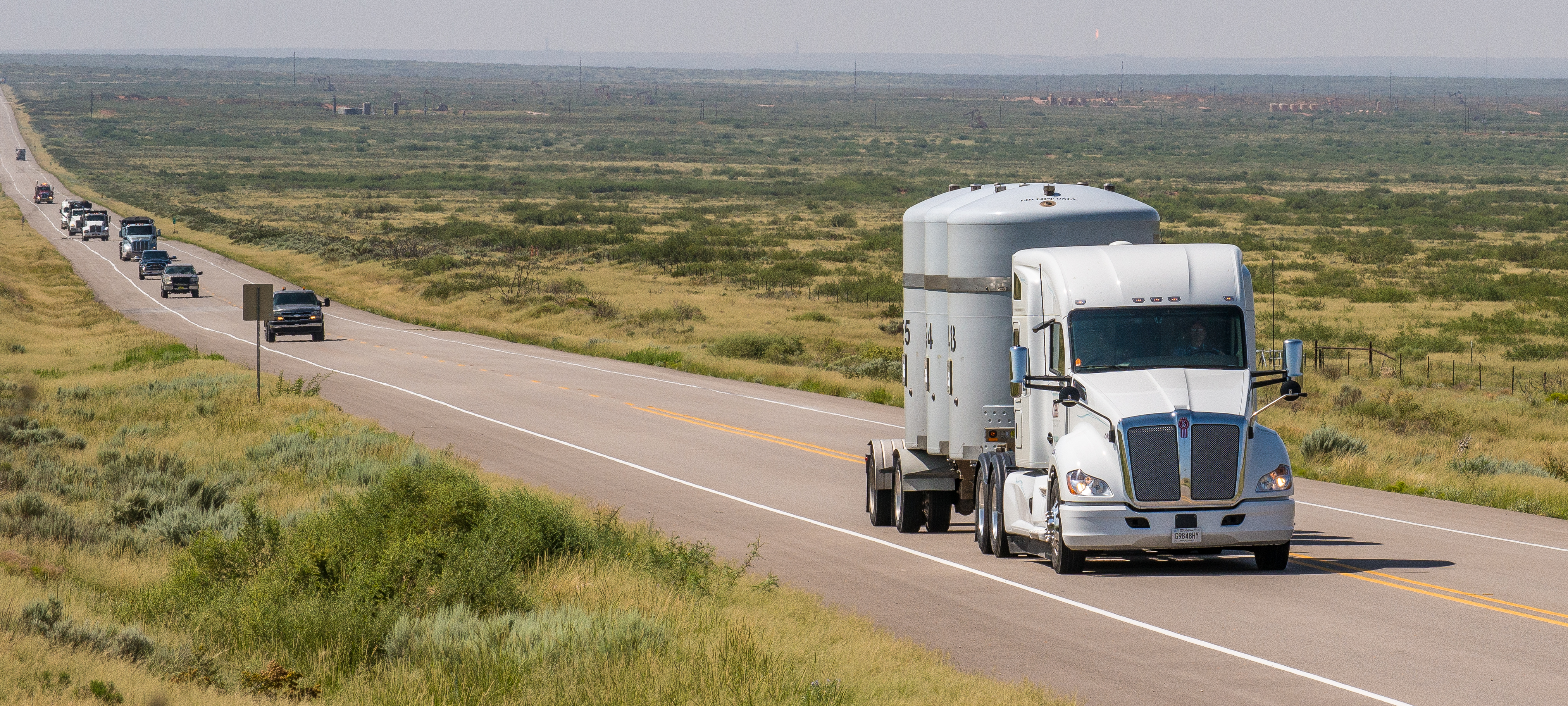
Taking charge - Solving the Forklift Battery Issue
December 20, 2021
WIPP Stakeholder Presentation Slides and Video
November 22, 2021The U.S. Department of Energy (DOE) today announced EM’s Waste Isolation Pilot Plant (WIPP) received its 13,000th shipment of transuranic (TRU) waste last week. This marks an important milestone in DOE’s mission to clean up the country’s Cold War legacy.
“This accomplishment reflects the hard work and dedication of our workers and contractors,” said William “Ike” White, Acting Assistant Secretary for DOE’s Office of Environmental Management. “It also demonstrates the Department’s commitment to future generations as we continue our cleanup mission as safely and quickly as possible.”
The 13,000th shipment, which consisted of defense-generated contact-handled TRU waste, arrived at WIPP on Nov. 11, 2021. The shipment came from DOE’s Advanced Mixed Waste Treatment Project in Idaho, which has accounted about half of the shipments – more than 6,605 to date, WIPP has received. A total of eight shipments arrived at WIPP last week, including two from Los Alamos National Laboratory in New Mexico.
TRU waste, a byproduct of the nation’s nuclear defense program, consists of tools, rags, protective clothing, sludge, soil and other materials contaminated with radioactive elements that have atomic numbers greater than uranium. Most of the 13,000 shipments were of contact-handled TRU waste, which does not require shielding to safely handle, transport and emplace. A total of 775 remote-handled (RH) waste shipments have been shipped to WIPP. The majority of RH waste containers are handled in shielded facility casks and emplaced in the walls of the underground repository due to their higher radiation dose rates.
Every WIPP shipment of TRU waste meets all U.S. Department of Transportation requirements and WIPP’s drivers must pass stringent training requirements. Shipment protocols were developed through cooperative efforts with states, tribal governments and the U.S. Department of Energy. Shipments are also monitored, via satellite, at all times. To date, WIPP drivers have logged more than 15 million safe miles without a serious injury or release of radioactive material.
WIPP’s first shipment came from Los Alamos National Laboratory in New Mexico on March 26, 1999. Other milestone shipments have included the final shipment from the Rocky Flats Environmental Technology Site in 2005, the 10,000th contact-handled waste shipment in 2011, also from Idaho, and the first shipment of remote-handled waste in 2007. Since TRU waste disposal operations began at WIPP, 22 sites in the DOE complex have been cleaned up, reducing risk to millions of Americans.
“WIPP continues to be the cornerstone of DOE’s efforts to reduce the defense legacy TRU waste footprint,” said Reinhard Knerr, manager of the Carlsbad Field Office that oversees WIPP and the National Transuranic Program. “WIPP’s transportation program has been a tremendous success, and I congratulate everyone involved on a job well done.”
WIPP is a DOE facility designed to safely isolate defense-related TRU waste from people and the environment. Waste temporarily stored at sites around the country is shipped to WIPP and permanently disposed in rooms mined out of an ancient salt formation 2,150 feet below the surface. WIPP is located 26 miles outside of Carlsbad, New Mexico.
For interviews with WIPP project senior managers, community leader and others, please watch the video below.

